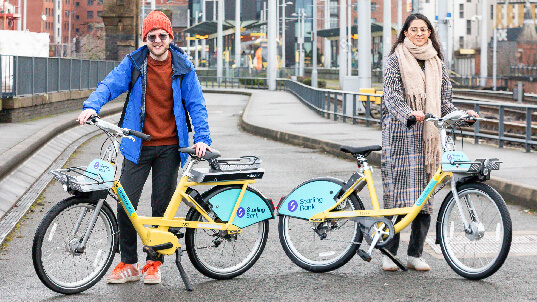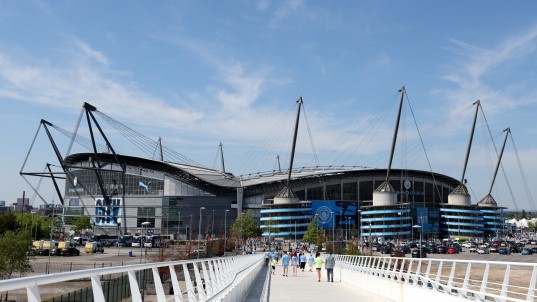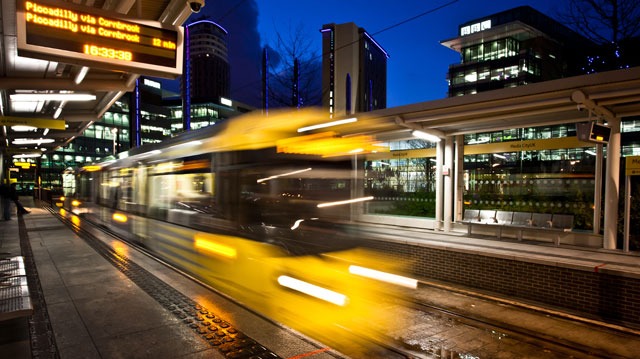
More than a quarter of deaths on the road involve a speeding driver, and many serious and fatal collisions happen when drivers go through traffic lights on red.
Where possible Local Authorities will try things like speed humps, vehicle activated signs that show a motorist’s actual speed, rumble strips, or chicanes to slow traffic down before using a safety camera.
But if other methods don’t work, safety cameras are a valuable and cost-effective way to discourage people from speeding or jumping traffic lights, and to identify drivers who ignore the warnings.
So they work in two ways: by actually slowing traffic at dangerous points to reduce the risk of collisions at the time, and by catching offending drivers so that they will be less likely to drive dangerously in the future.
Find out more about what happens if you have been caught by a safety camera.
Locating the cameras
The law gives local authorities and safety organisations responsibility for installing and operating cameras. They are put in places where statistics show a high number of collisions and casualties.
Before installing permanent cameras we work in Partnership with Local Authorities to reduce risks first by other traffic-calming measures or by using temporary or mobile cameras. The cost of installing a new safety camera must be paid for by the Local Authority.
For more information on camera locations, read our where are safety cameras? page.
Do cameras work?
The only purpose of safety cameras is to reduce the number of serious injuries and deaths on our roads. Between 2014 and 2016 the number of people killed or seriously injured at Greater Manchester locations with safety cameras was 34 per cent lower than between 2007 and 2009.
Nationally, a review of more than 4,000 cameras over four years showed:
- the number of speeding vehicles fell by 70 per cent.
- the number of people killed or seriously injured fell by 42 per cent
- there was a 32 per cent reduction in the number of children killed and seriously injured.
-
 Learn more about getting to Co-op Live
Learn more about getting to Co-op LiveTravel included with Co-op Live tickets
Co-op Live ticket holders can travel on the tram and new city centre shuttle buses.
-
 Learn more about the Bee Network
Learn more about the Bee NetworkSay yellow to the Bee Network
Buses in Oldham, Rochdale and parts of Bury, Salford and north Manchester joined the Bee Network on 24 March.
-
 Learn more about new Starling Bank Bikes
Learn more about new Starling Bank BikesNew sponsor: Starling Bank Bikes
We’re delighted to welcome Starling Bank on board as the new sponsors of our bike hire scheme.
-
 Find full details of the bus routes, ticket fares and timetables
Find full details of the bus routes, ticket fares and timetablesManchester City Matchday Buses
We've teamed up with Manchester City to launch a large-scale bus trial helping fans from across Greater Manchester and nearby areas to travel to and from the Etihad Stadium on a matchday.
-
 Rate your journey
Rate your journeyRate your journey
We want to hear your views to help us deliver a better Bee Network for Greater Manchester.
-
 Find out about planned works on the tram
Find out about planned works on the tramPlanned engineering works on Metrolink
Visit our dedicated webpage to find out how the works could affect your journeys.
-
 Learn more about getting to Co-op Live
Learn more about getting to Co-op LiveTravel included with Co-op Live tickets
Co-op Live ticket holders can travel on the tram and new city centre shuttle buses.
-
 Learn more about new Starling Bank Bikes
Learn more about new Starling Bank BikesNew sponsor: Starling Bank Bikes
We’re delighted to welcome Starling Bank on board as the new sponsors of our bike hire scheme.
-
 Rate your journey
Rate your journeyRate your journey
We want to hear your views to help us deliver a better Bee Network for Greater Manchester.
-
 Learn more about the Bee Network
Learn more about the Bee NetworkSay yellow to the Bee Network
Buses in Oldham, Rochdale and parts of Bury, Salford and north Manchester joined the Bee Network on 24 March.
-
 Find full details of the bus routes, ticket fares and timetables
Find full details of the bus routes, ticket fares and timetablesManchester City Matchday Buses
We've teamed up with Manchester City to launch a large-scale bus trial helping fans from across Greater Manchester and nearby areas to travel to and from the Etihad Stadium on a matchday.
-
 Find out about planned works on the tram
Find out about planned works on the tramPlanned engineering works on Metrolink
Visit our dedicated webpage to find out how the works could affect your journeys.






